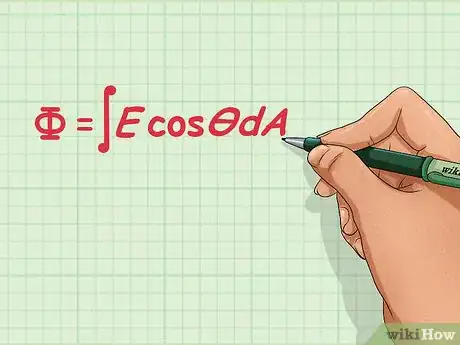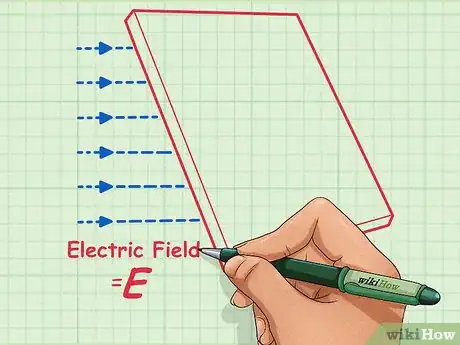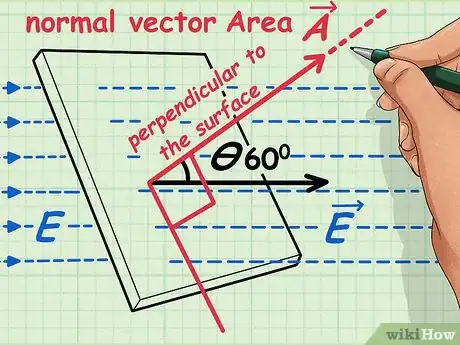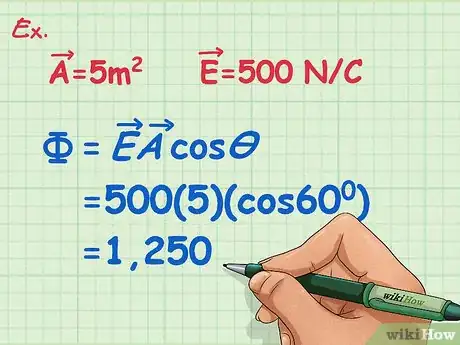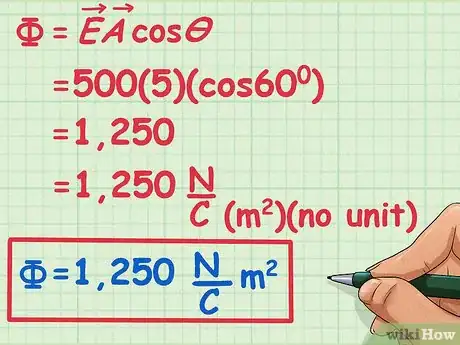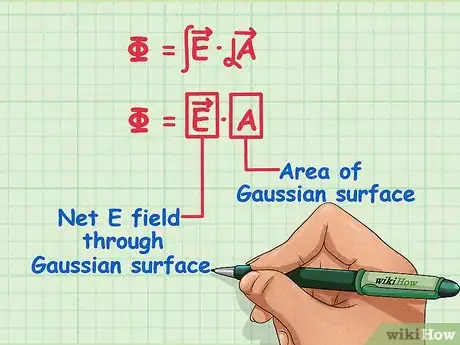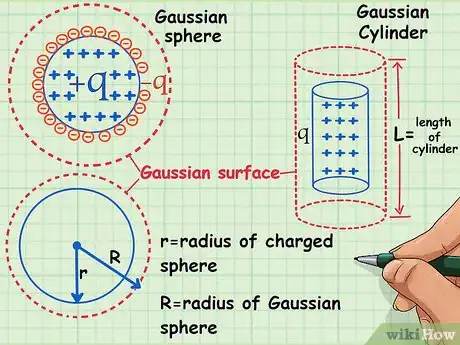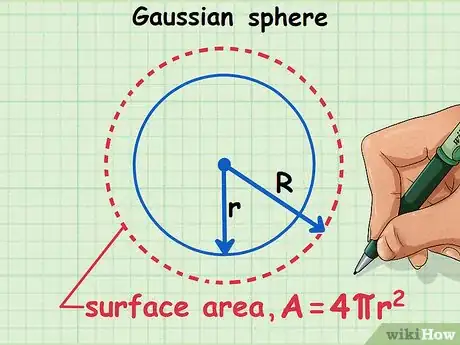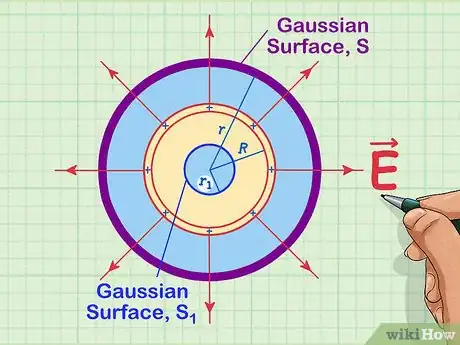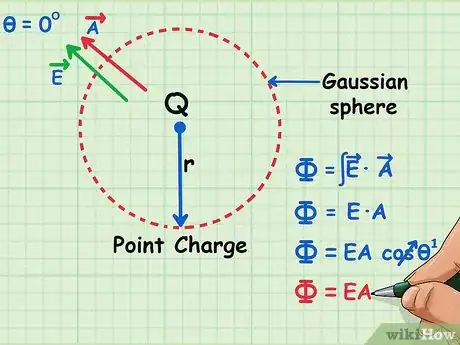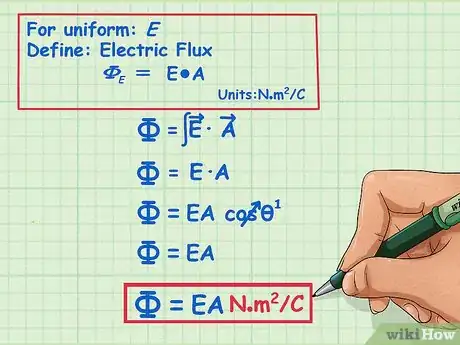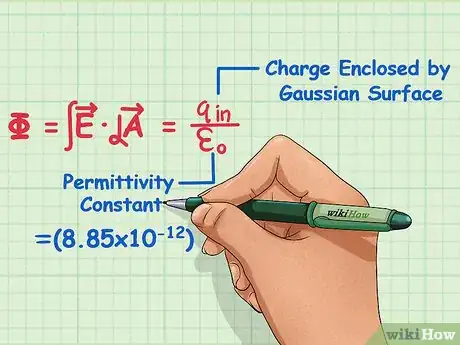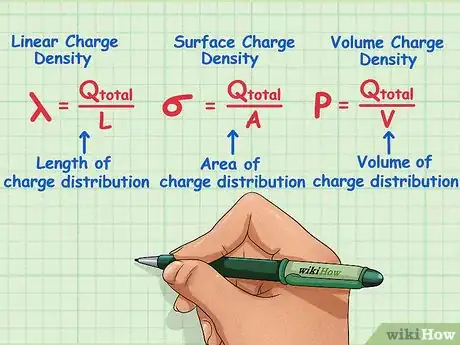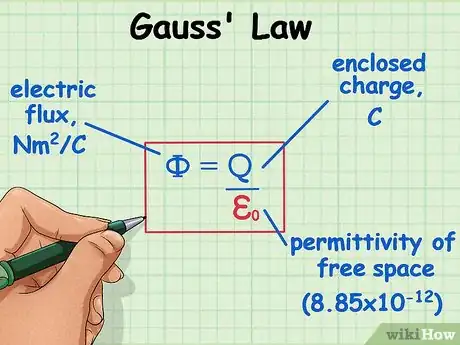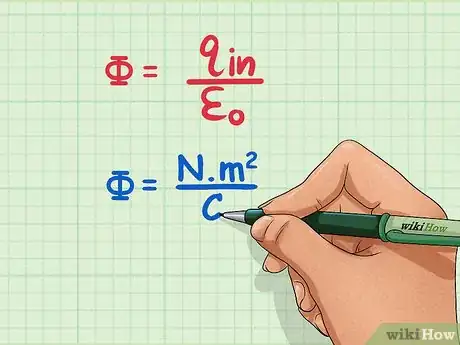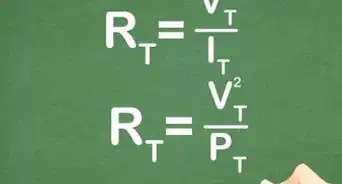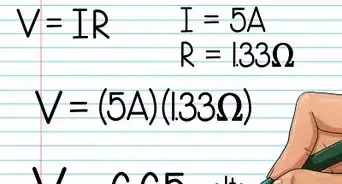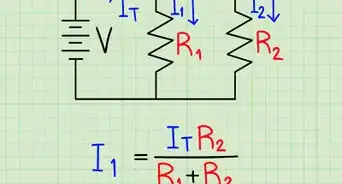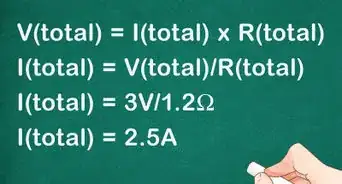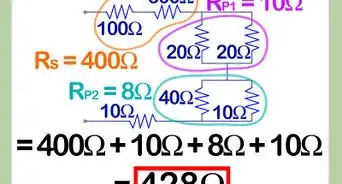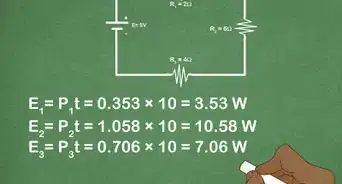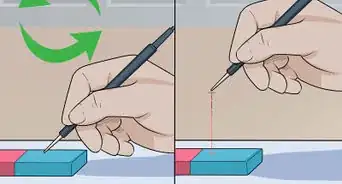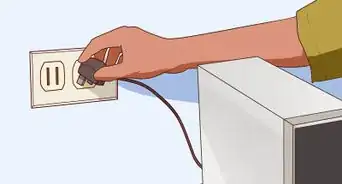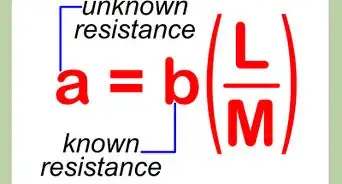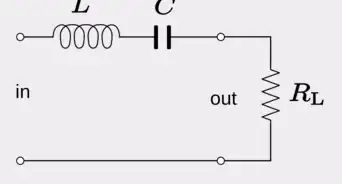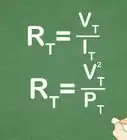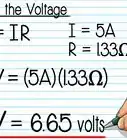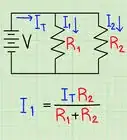wikiHow is a “wiki,” similar to Wikipedia, which means that many of our articles are co-written by multiple authors. To create this article, volunteer authors worked to edit and improve it over time.
There are 7 references cited in this article, which can be found at the bottom of the page.
This article has been viewed 103,288 times.
Learn more...
Having to find the electric flux through an open or closed surface can pose a huge challenge for physics students. This tutorial aims to provide the most concise possible insight on finding electric flux in three different situations while still providing the core necessary ideas. The difficulty of this calculation depends on the amount of physics experience you have; however only a basic understanding of electromagnetic physics and its core concepts is necessary.
Steps
Flux Through a Surface of Area A
-
1Know the formula for electric flux.[1]
- The Electric Flux through a surface A is equal to the dot product of the electric field and area vectors E and A.
- The dot product of two vectors is equal to the product of their respective magnitudes multiplied by the cosine of the angle between them.
-
2Determine the magnitude and direction of your electric field vector.[2]
- In most cases of this type, it is already given in the problem.
Advertisement -
3Determine the magnitude and direction of the surface area vector A.[3]
- Note that the surface area vector is always perpendicular and outward from the surface.
-
4Multiply the magnitude of your surface area vector by the magnitude of your electric field vector and the cosine of the angle between them.[4]
- The cosine of the angle between the two vectors multiplied by the electric field vector is equal to the component of electric field that is perpendicular to the surface area vector.
-
5Include the proper units.
- Electric flux is the product of Newtons per Coulomb (E) and meters squared.
- Proper units for electric flux are Newtons meters squared per coulomb.
Flux Through an Enclosed Surface with Charge q using E field and Surface Area
-
1Know the formula for the electric flux through a closed surface.[5]
- Net electric flux through a closed surface with enclosed charge q is the integral of the dot product between the electric field and the instantaneous surface area vector.
- The integral of the instantaneous surface area is simply the surface area vector.
- The electric field at a distance outside a Gaussian surface will be constant at that specific distance.
-
2Draw an imaginary Gaussian surface around your charge.
- Choose one that best fits its dimensions.
- A solid sphere or spherical shell of charge Q would require the use of a sphere, while a line or rod of charge would require a cylinder.
- A solid sphere or hollow spherical shell with uniform charge distribution can be treated as if all charge were concentrated at the center (a point charge), therefore the radius of your Gaussian surface would be the radius of your sphere plus the distance away from the sphere's surface.
-
3Determine the surface area of your Gaussian surface.[6]
- Frequent formulas are 4pi r squared and pi r squared.
-
4Determine the electric field going through your Gaussian surface.
-
5Multiply the magnitude of your surface area vector by the magnitude of your electric field vector and the cosine of the angle between them.
- With the proper Gaussian surface, the electric field and surface area vectors will nearly always be parallel.
-
6Do not forget to add the proper units for electric flux.
Flux Through an Enclosed Surface with charge q using Q and Epsilon Zero
-
1Know that the dot product of the electric field and area vectors is also equal to the enclosed charge divided by the permittivity constant.[7]
- The permittivity constant epsilon zero is equal to 8.85E-12.
-
2Find the total charge q enclosed by your Gaussian surface.
- If given charge density, it is possible to solve for the enclosed charge by multiplying the density by the dimensions of the charge distribution (see above formulas).
- Note that Q total is the same as the total charge enclosed by your Gaussian surface.
-
3Divide the total enclosed charge by epsilon zero.[8]
-
4Be sure to add the proper units.
Community Q&A
-
QuestionWhat happens when there are different charges (+q and -q) in GS? Total charge is 2q?
 Community Answer21x by 187 is typicaly what happens when there's a different charge as in your question above.
Community Answer21x by 187 is typicaly what happens when there's a different charge as in your question above. -
QuestionHow do I know when to use 4 pi r squared or pi r squared or 2 x pi x r x l in finding the gaussian surface area?
 Victor ChekCommunity AnswerIt depends on the area you are considering. If it's a sphere, then use 4 pi r squared, if it's a cylinder, then use 2 pi r l.
Victor ChekCommunity AnswerIt depends on the area you are considering. If it's a sphere, then use 4 pi r squared, if it's a cylinder, then use 2 pi r l. -
QuestionWhat is the potential energy of a charged body?
 Community AnswerThe potential energy= kq/r, where k=9 x 10^9, q= charge of the body, r= distance between initial and final positions.
Community AnswerThe potential energy= kq/r, where k=9 x 10^9, q= charge of the body, r= distance between initial and final positions.
Things You'll Need
- A scientific calculator
- Pencil and paper
References
- ↑ http://hyperphysics.phy-astr.gsu.edu/hbase/electric/gaulaw.html
- ↑ https://www.youtube.com/watch?v=q1eor6oIuUo
- ↑ http://www.physics.umd.edu/courses/Phys260/agashe/S10/notes/lecture20.pdf
- ↑ https://www.softschools.com/formulas/physics/electric_flux_formula/529/
- ↑ http://labman.phys.utk.edu/phys222core/modules/m1/Gauss'%20law.html
- ↑ https://howtomechatronics.com/learn/electricity/electric-flux-gausss-law/
- ↑ https://phys.libretexts.org/Bookshelves/University_Physics/Book%3A_University_Physics_(OpenStax)/Map%3A_University_Physics_II_-_Thermodynamics%2C_Electricity%2C_and_Magnetism_(OpenStax)/6%3A_Gauss's_Law/6.2%3A_Explaining_Gauss%E2%80%99s_Law
- ↑ https://phys.libretexts.org/Bookshelves/University_Physics/Book%3A_University_Physics_(OpenStax)/Map%3A_University_Physics_II_-_Thermodynamics%2C_Electricity%2C_and_Magnetism_(OpenStax)/6%3A_Gauss's_Law/6.2%3A_Explaining_Gauss%E2%80%99s_Law
